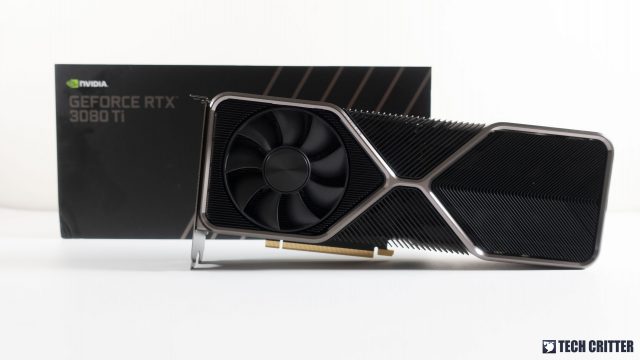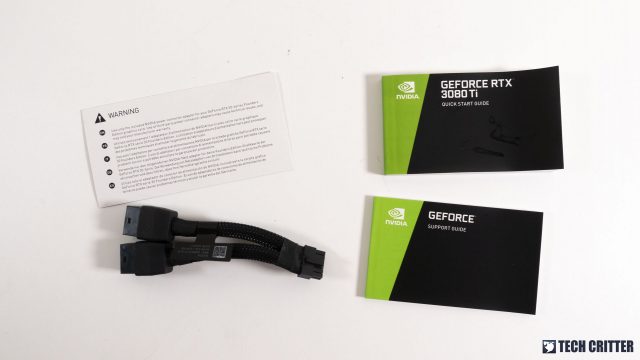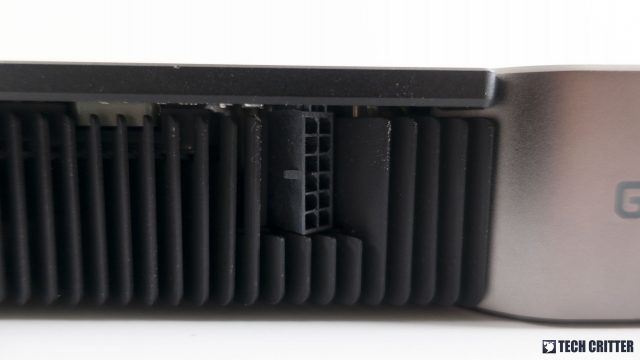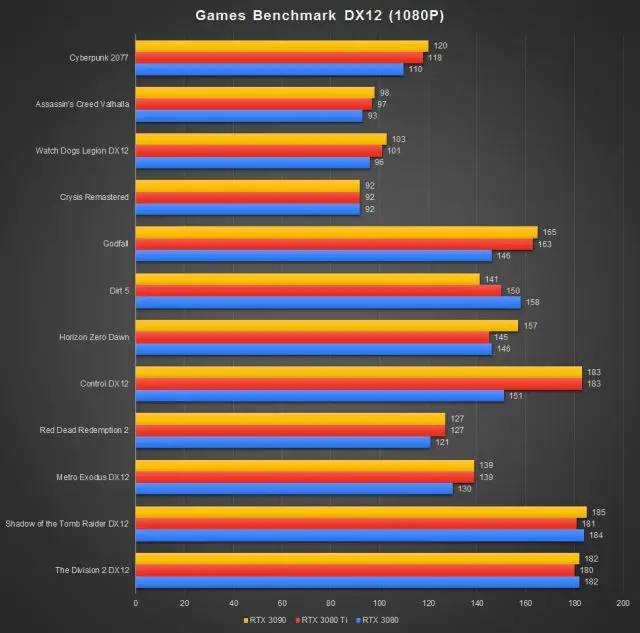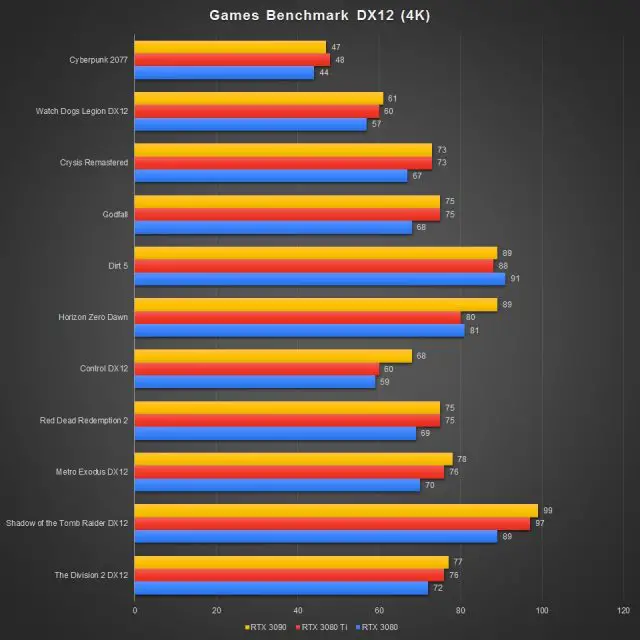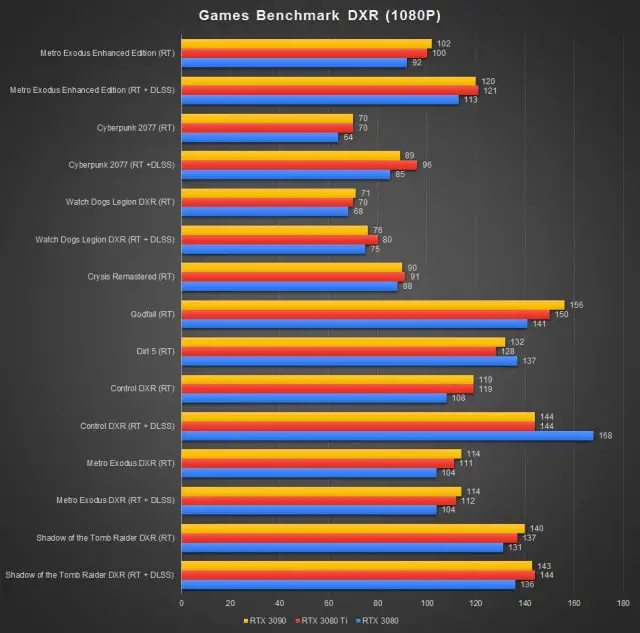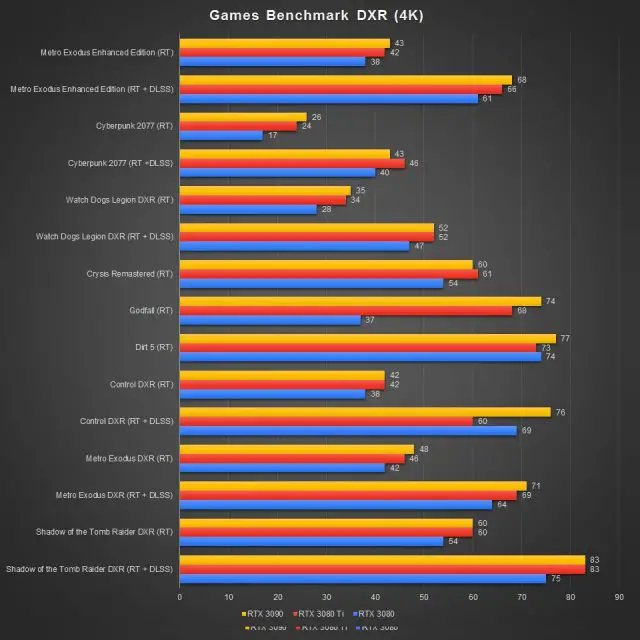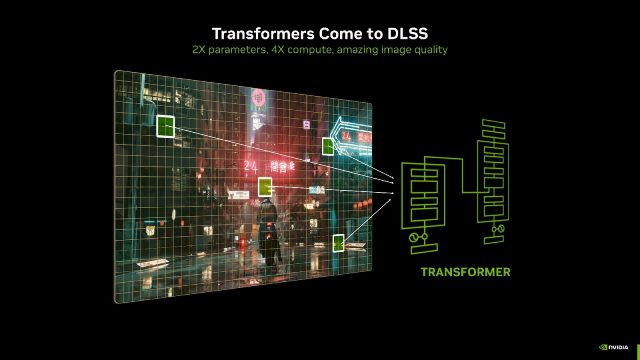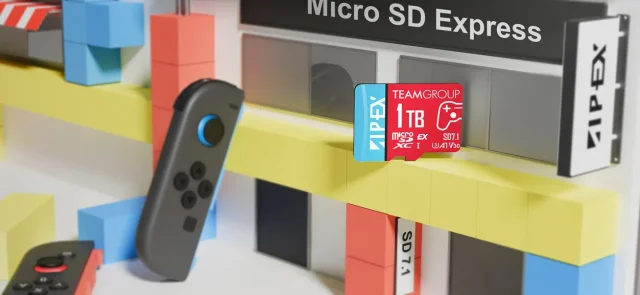The RTX 3080 Ti and RTX 3070 Ti are the two new members in the RTX 30 series lineup that was announced earlier this month and we managed to get our hands on the RTX 3080 Ti Founders Edition this time, which the new flagship model in the RTX 30 series lineup. As the specifications are almost similar (except for the amount of VRAM), the RTX 3080 Ti is somewhat a slightly nerfed RTX 3090 by the looks of it. Let’s see what kind of performance we can expect from the RTX 3080 Ti.
Specifications
| GPU | GeForce RTX 3080 Ti | GeForce RTX 3090 |
| CUDA Cores | 10240 | 10496 |
| Tensor Cores | 320 | 328 |
| RT Cores | 80 | 82 |
| ROPs | 112 | 112 |
| GPU Boost Clock | 1665 MHz | 1695 MHz |
| Memory Data Rate | 19 Gbps | 19.5 Gbps |
| Total Video Memory Size | 12G GDDR6X | 24G GDDR6X |
| Memory Interface | 384-bit | 384-bit |
| Memory Bandwidth | 912.4 GB/sec | 936.2 GB/sec |
| TDP | 350W | 350W |
| Recommended PSU | 750W | 750W |
| Power Connectors | 1 x 12-pin | 1 x 12-pin |
| Dimensions (LxWxH) | 285mm x 112mm x 40mm | 336mm x 140mm x 61mm |
Unboxing
Starting off with the box, we can see that the RTX 3080 Ti Founders Edition ships in a more compact packaging just like the RTX 3070 Ti Founders Edition. Despite the size, NVIDIA packaged the card with a surprisingly strong cardboard box and protactive foam to keep the card safe from damage. That’s how we manage to get the card in one piece even though there’s a very noticeable dent on the box upon arrival.
Under the card is an accessories box that contains the usual paper documents and a two 8-pin to single 12-pin PCIe adapter, which is necessary if your power supply doesn’t come with the new 12-pin PCIe power connector because pretty much all of the RTX 30 series Founders Edition cards now come with this connector instead of the usual 6-pin or 8-pin PCIe connectors we’ve seen in the past.
The GeForce RTX 3080 Ti Founders Edition
From the metal frame that resembles the “∞” infinity symbol to the dual axial fans, the RTX 3080 Ti Founders Edition is pretty much identical to the RTX 3080 Founders Edition in terms of design. Well, the ‘RTX 3080 Ti’ label on the backplate is probably the only thing that differentiates the appearance of both cards.
Just like the RTX 3080 Founders Edition, this is also a dual-slot card that will fit nicely in most of the standard ATX cases, unlike the colossal RTX 3090. The cooler design is pretty much the same I’d say, two axial fans, one at the front that is mainly to cool down the heatsink and the other one at the back that cools the remaining part of the heatsink and channels hot air to the top section of your case so it can be removed by the exhaust fans available.
The RTX 3080 Ti has a TDP of 350W and the recommended power supply is 750W, which is identical to the RTX 3090. Just like the rest of the RTX 30 series Founders Edition cards, the 12-pin PCIe connector and its placement is something that I’m not a fan of. If you’re not using a newer power supply that comes with the 12-pin PCIe power cable, you’re pretty much stuck with the included adapter, which is a pain when it comes to cable management.
The display output options are the commonly seen single HDMI and three DisplayPort, much to be expected but I do appreciate the large grill at the back for extra ventilation.
Test System Setup
For our games benchmark test, we’ve selected a number of AAA titles to run at its highest possible settings using the following setup under an ambient temperature of 31°C:
| CPU | Intel Core i9-10900K |
| Motherboard | ASUS ROG Maximus XII Apex |
| Memory | TEAMGROUP T-FORCE XTREEM ARGB DDR4 @3600MHz |
| Graphics Card | NVIDIA GeForce RTX 3080 Ti Founders Edition |
| Power Supply | Enermax MaxTytan 1250W / Cooler Master V1200 Platinum |
| Primary Storage | Kingston NV1 PCIe NVMe SSD 1TB |
| Secondary Storage | WD Black 6TB |
| CPU Cooler | Cooler MasterLiquid Master ML360R RGB |
| Chassis | Streacom Open Benchtable BC1 |
| Operating System | Windows 10 64bit |
Games Benchmark (DX12)
Looking at its raster performance, it’s pretty clear that the RTX 3080 Ti performs almost exactly like an RTX 3090 in most of the titles we’ve tested. As all three cards here are pretty much a beast that can take on 1080P and 1440P gaming with ease, 4K gaming is where the real fun begins. At 4K resolution, we can see both the RTX 3080 Ti and RTX 3090 taking a clear lead and being able to maintain an average of 60fps on the majority of the selected titles with ease.
Games Benchmark (DXR)
Moving on to the ray tracing performance, the performance gap is much more noticeable this time, unlike the close performance between the RTX 3080 and RTX 3080 Ti we’ve seen in the raster performance. Thanks to the extra Tensor cores and RT cores on the RTX 3080 Ti, the performance gain is very significant that it further shows us that the RTX 3080 Ti just as powerful as the RTX 3090, only with a slight nerf on the VRAM part.
Thermals & Power Draw
For the thermal test, we’re on the usual FurMark and hours of gaming sessions to see if there’s any difference when it comes to the load temperature and power draw. As from our observation, the load temperature is slightly higher on the RTX 3080 Ti as compared to the RTX 3090, which is totally understandable as the RTX 3090 comes with a bigger heatsink and cooling fans.
| FurMark Load Test | Gaming Load Test | |
| RTX 3080 Ti FE | 77ºC | 74ºC |
| RTX 3090 FE | 74ºC | 70ºC |
As for the power draw, both cards show a similar power draw at 348-350W on both FurMark and gaming load test and that’s actually much to be expected since both cards are performing similarly.
Final Thoughts
As the latest flagship model in the RTX 30 series lineup, I’d say the RTX 3080 Ti is definitely worthy of that title after seeing the kind of performance it can deliver. Performance-wise, it’s definitely an RTX 3090 with halved VRAM without a doubt and it’s definitely something I would recommend to the enthusiasts and gamers who want that RTX 3090 like performance without paying extra for the 24GB VRAM that is very unlikely for them to fully utilize if 4K resolution is the maximum settings they will go for when it comes to gaming.
While I can’t really say that it’s a must-have graphics card for the year 2021, but given that you’re looking for an RTX 3090 like performance option but don’t really need that 24GB worth of VRAM just for gaming, the RTX 3080 Ti is the reasonable option to look into. After all, the RTX 3090 is actually meant not just for gaming, but also for the content creators who need that amount of VRAM for their rendering work.
The only issue now is, a pretty obvious one as well, is that you’ll definitely not be able to get it at the launch price of $1199 with the ongoing GPU shortage.
Pros
- Very similar performance to the RTX 3090
- Solid build quality
- Offers better clearance with a 2-slot design
- Good 4K gaming performance
Cons
- Costly
- The fan is somewhat audible when under heavy load
- Placement of the 12-pin PCIe connector is a pain for cable management


